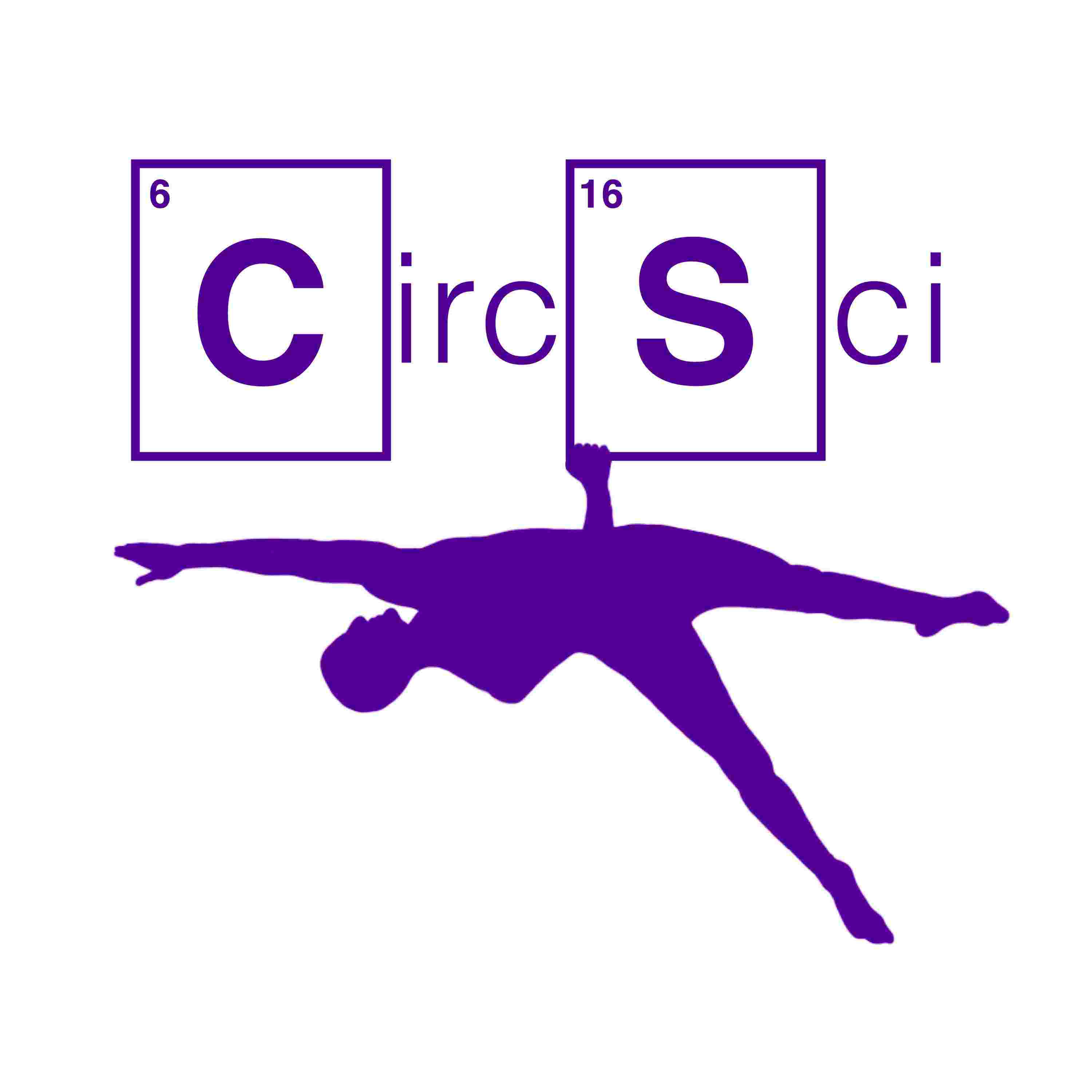

This conversation explores the concept of movement optimism and its application in circus and aerial training. The discussion covers topics such as biomechanics and performance in circus, the task-based approach to training, managing pain and injury, and addressing beliefs about joint misalignment. The importance of individual differences in training capacity and the role of minimal effective dose in recovery are also explored. The conversation emphasizes the need for a personalized approach to training and the importance of self-management in the circus and aerial fields. In this conversation, Greg Lehman and I discuss the principles of exercise prescription and rehabilitation for circus artists and aerialists. Greg emphasize's the importance of focusing on individual goals and what the person wants to return to doing.
He also highlights the concept of comprehensive capacity, where exercises should aim to improve overall strength and function rather than targeting specific dysfunctions. The conversation concludes with a discussion on finding the minimum effective dose and overcoming fear when starting new movements.
Takeaways:
Find more about Greg, his work, and his podcast here!
Chapters:
00:00 Introduction and Background
02:10 Therapeutic Neuroscience and Movement Optimism
04:26 Biomechanics and Performance in Circus
06:34 Task-Based Approach to Training
07:49 Balancing Goal-Oriented Training with Secondary Activities
09:24 Individual Differences in Training Capacity
11:44 Developing Attributes for Specific Skills
14:29 Managing Pain and Injury in Circus
18:16 Hypermobile Individuals and Risk Prevention
21:39 Addressing Beliefs about Joint Misalignment
25:23 Managing Pain Perception in Circus
28:26 Self-Management and Minimal Effective Dose
32:38 Accessing Quality Healthcare and Self-Rehabilitation
36:28 Movement Optimism and Circus Training
39:15 Minimal Effective Dose for Recovery
42:54 Challenges in Rehab and Recovery
43:18 Testing Minimal Effective Dose on Oneself
43:27 Prescribing Exercises Based on Goals
46:09 The Importance of Comprehensive Capacity
48:22 When Specificity is Needed
51:51 Finding the Minimum Effective Dose
53:09 Overcoming Fear and Starting Slow